Things to remember
a. You can count declarer’s points and distribution: his 2NT rebid shows 12-14 points and balanced (or semi balanced) hand, with Diamond stopper(s). When responder changes suit at the 2nd level, showing 10+ points, then 2NT by opener shows 12-14 and 3NT shows 18-19. Note! If play 2/1 you can agree to play the same, OR agree to use 2NT rebid as 18-19, OR as either 12-14 or 18-19 (needs agreement between partners) since the sequence is game forcing.
b. When you lead an ACE, but the suit is “DEAD”, meaning, it is clear the defense has no more tricks in that suit (for example you can see that dummy hase KQ or more, like here, OR dummy has a singleton so that declarer can ruff next trick) – we don’t signal attitude, but we signal suit preference instead: a HIGH card (on partner’s ACE) now shows we want the higher ranking suit, and LOW means we want the lower suit. So here, the ♣10 showed preference for Spade. A low Club would have shown preference for Diamond (as Club is on the table and Heart is trump).
c. Even though usually an overcall is a clear request for lead, things can change… Partner’s overcall suggested a Diamond lead, mainly against NT (but not only). However, partner didn’t know you hold a singleton Club, nor did he know the contract will finally be 4♥. And now, after you lead, you must follow partner’s direct SIGNAL rather than his BID, and play a Spade at trick 2.
d. When you LEAD a LOW card (attitude), you show value in this suit and ask partner to continue. When you lead a high card – You suggest a switch. That is why you played the ♠9 – You want to make it clear that you don’t want a Spade return (although it should be clear enough from your lead that you lead a stiff Ace).
e. Note that partner wins the Spade with the ♠K, indicating he also has the ♠A (else declarer would surely have won the ♠A). Third hand plays the lower card from a touching sequence. This also means that if partner plays the ♠A at trick 2, he DENIES holding the ♠K.
f. Partner can signal suit preference again, when he is playing Clubs for you to ruff: High and later low to show Spade continuation all the way.

Comments
3 responses to “Seeing through cards #6”
The bidding diagram shows partner bidding 2S instead of 2D, so it’s pretty hard to figure this one out right now 🙂
@Mat ooops, sorry! Fixed now 🙂
Just I would have done. Good article for Intermediate players